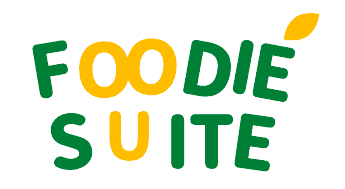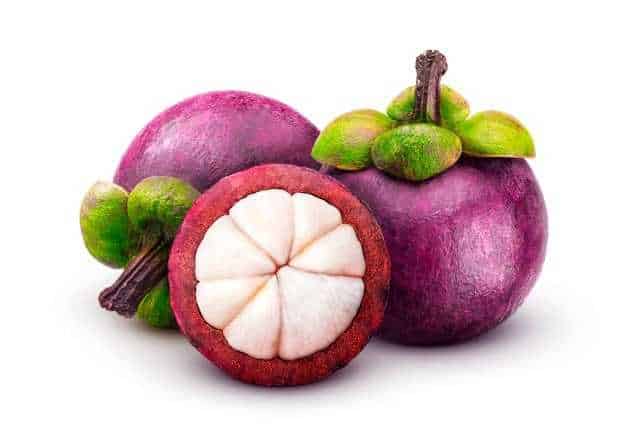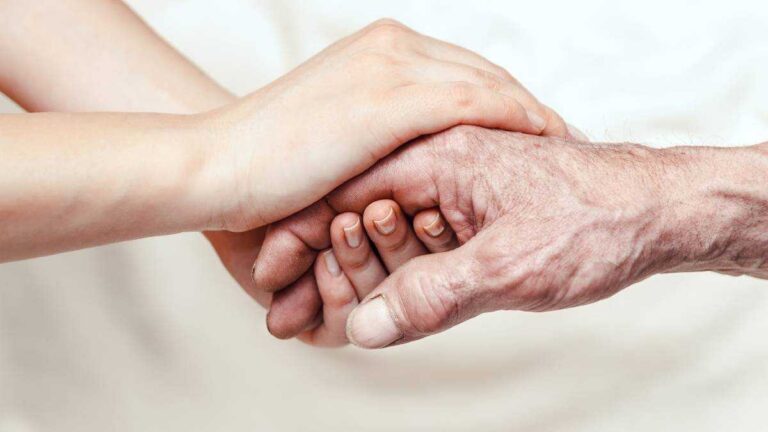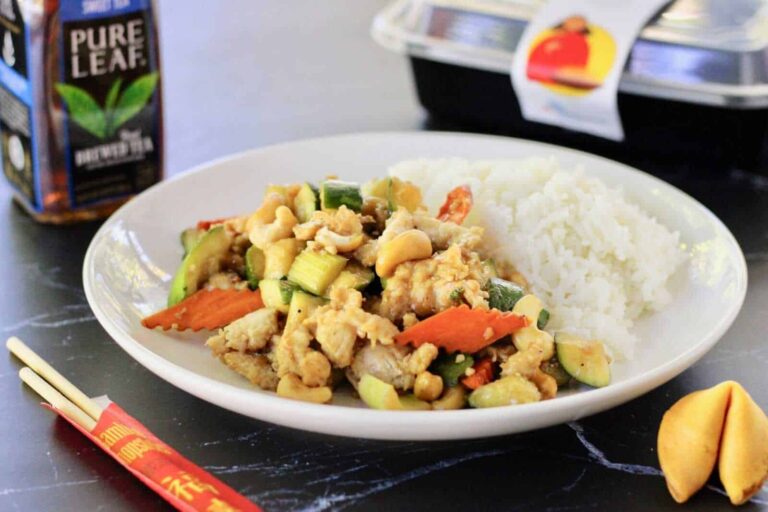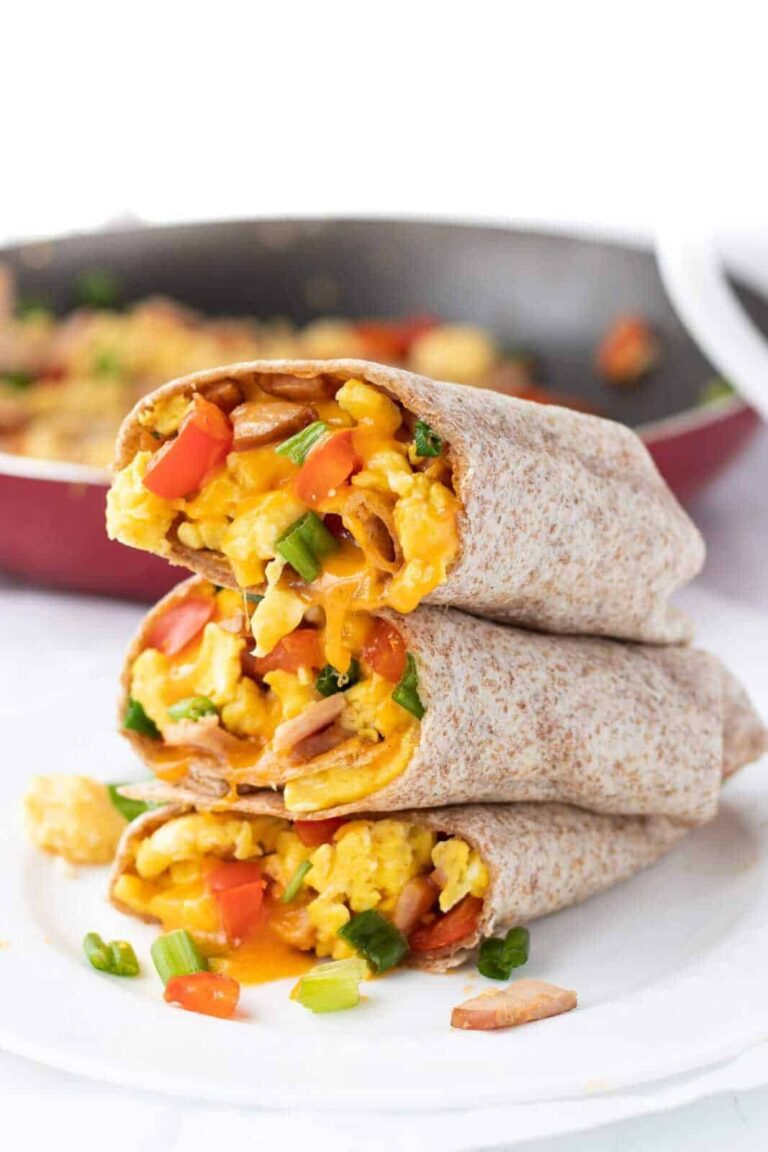Low-carb Chinese food: Some hacks to suit keto diet
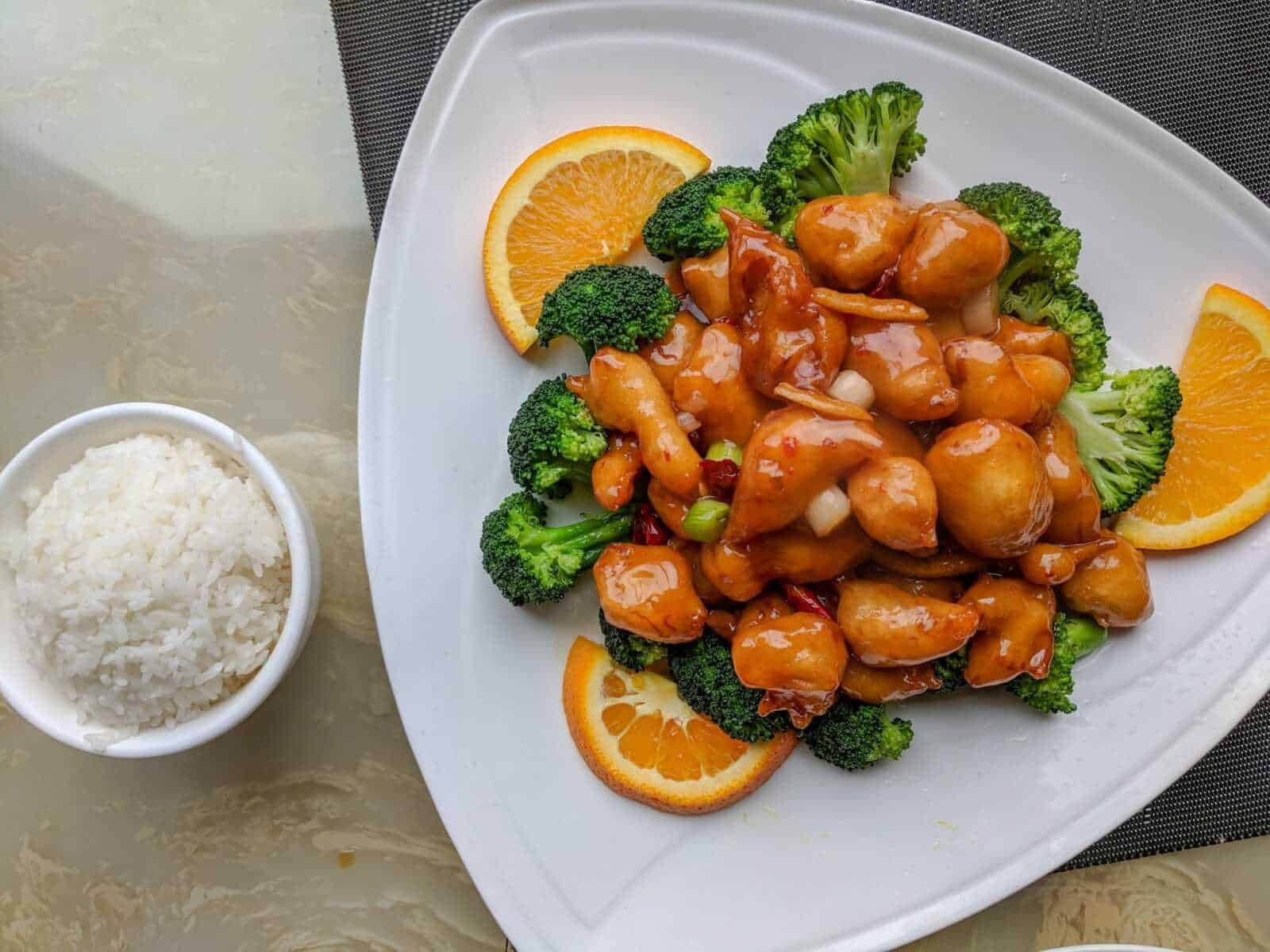

Low-carb Chinese food is a real challenge for Chinese food lovers, which are based on concentrated carbohydrates.
Chinese keto enthusiasts are crazy when trying to adapt starchy Chinese food into “low-carb Chinese food.”
With some effort, delicious Chinese food can be converted into keto-friendly food.
Read more: Mexican food healthy
Hidden Carbohydrates In Chinese Food
There’s no rejecting that Chinese food, in the same way as other Asian cooking styles, is staggeringly delectable and carb-substantial. A portion of the most noticeably awful wrongdoers include:
- Rice
- Noodles
- Wonton and dumpling coverings
You can get (and maintain a strategic distance from) the undeniable guilty parties, yet avoiding carbs hidden in sauces and fresh coatings is precarious. That is because carbs are all over normally keto-accommodating foods like meat and green veggies.
We pine for sugar and starch, two things that Chinese food is covered in (and for clear reasons—taste and surface). Ensure you twofold check the optional ingredients of these dishes for hidden starches or sugars (or simply remain away through and through):
- Cook duck: The sauce is typically sugar-hefty.
- Earthy colored sauce: Hidden sugar and corn starch that is utilized for surface and flavor.
- Soups: Corn starch is added toward the finish to make a thicker consistency.
- Meat: Meat served in little pieces is frequently covered in corn starch preceding cooking (a procedure known as “velveting”). Sugar is regularly utilized as a coating.
- Sauces: It is common to add cornstarch to a recipe to give the dish a thicker consistency, and sugar is often added to add flavor.
With sugar and starch found in pretty much everything from beef and broccoli to broil duck, it’s hard to keep the carbs low regardless of whether you’re precluding the rice, battered meat, or flavorful scallion flapjacks. Thus alone, most keto’ers evade Chinese cafés by and large.
They accept there couldn’t be Low-carb Chinese food.
However, in case you’re willing to continue, read on.
Read more: Healthy Korean food
Top Picks for Low-carb Chinese food
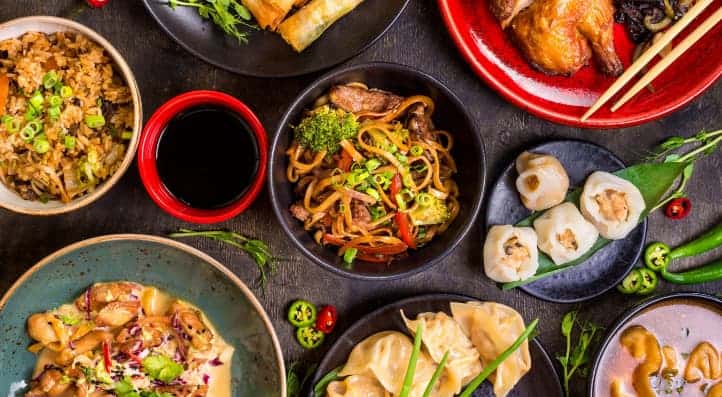
The measure of sugar and starches in each Chinese dish differs significantly over each kind of café and even with the specific cooking served. For instance, a Chinese takeout chain may utilize much more sugar than a mother-and-pop café that serves more conventional charges.
Moreover, various districts of China spend significant time in various styles of cooking, each utilizing differing measures of sugar and starch. Considering this, Szechuan-style Chinese dishes are a top choice on the keto diet as they will in general utilize the least. Think about requesting these Szechuan fortes:
- Egg drop soup
- Beef and broccoli
- Egg foo yung
- Pork stomach
- Steamed meat and greens
- Mu shu pork
- Garlic sauce, soy sauce, and vinegar
Hot pots and smorgasbords are additionally ideal alternatives for keto, as you can for the most part pick lower-carb sides or explicit ingredients to add to your plate. In any case, before you get into that egg foo yung with a side of pork gut, there are some fundamental tips and rules you ought to follow to remain in ketosis.
Read more: healthy Chinese food
Tips for how to arrange Keto Chinese Food
Keep these tips in your brain as you prepare to order. Try not to be shy to know more about specific dishes or solicitation changes to your supper.
You simply need the correct data to secure your wellbeing and stay keto.
1. Stay away from the Worst Offenders
That implies no prepared pork or breaded lemon chicken. It’s stacked with sugar and corn starch covering.
Next, no prawn wafers, no meal duck, and positively no orange chicken.
2. Request sauces to be served separately
Numerous sauces are overly sweet and regularly thickened utilizing corn starch. To request the best keto-accommodating sauces separately.
This may let you control the amount you wind up eating.
A tablespoon of soy sauce has somewhere in the range of 1 – 4g of carbs, however, it’s difficult to eyeball a tablespoon of sauce when it’s showered everywhere on your supper.
Lettuce cups could likewise be a reasonable alternative, yet attempt to build your own as opposed to requesting it from the menu. Pick something like steamed fish and veggies so you can maintain a strategic distance from a dish with velveted meat and high-sugar sauce.
Read more: healthy Asian food
3. Request the Nutritional Information
Alright, so you understand what you’re not eating. The subsequent stage is to request the sustenance data of whatever it is you settled on.
The nourishment board is your closest companion. The net carbs are not too far off so there’s no compelling reason to figure.
That is one gigantic bit of leeway of requesting from chain eateries: The specific nourishing data is as a rule close by so you can settle on an educated choice with your dinner.
However, even with this data, a slight distinction in serving sizes can have a major effect on the real carb rely on your plate.
Read more: Healthy Japanese food
4. Try not to Rely on Gluten-Free Options
Sans gluten alternatives aren’t generally keto, and this absolutely isn’t the situation with low-carb Chinese food.
Do you understand what’s without gluten? Sugar and corn starch. You get the point.
Read more: Indian Food
5. BYO Fat
This tip’s a little sneaky, so use it at your own discretion. Ordering low-carb Chinese food often means sticking with steamed meat and greens.
It may be low in carbs, but it is also low in fat and might leave you feeling unsatisfied.
So bring your own keto sauce.
This is a much healthier option than ordering dishes with extra oil since restaurants usually use inflammatory vegetable oils rather than high-quality olive or nut oils.
You don’t have to order extra oil from the restaurant, it’s not important.
6. Be a 5-Star Customer
As a paying customer, you have every right to ask for modifications to your meal. You don’t have to overdo it. You can be direct and tell your waiter that you are on a diet, and there are restrictions on what you eat, then give them a generous tip as a way to show your appreciation.
low carb chinese food: Kung pao shrimp

Craving the bold flavors of low carb chinese food cuisine while staying committed to your low-carb lifestyle? we’ll take you on a culinary journey to prepare a mouthwatering low-carb Kung Pao Shrimp.
This dish is a testament to the fact that you can enjoy the tastes of China without compromising your dietary goals:
Gather Your Ingredients Kung pao shrimp
Before you embark on your culinary adventure, make sure you have all the necessary ingredients at hand.
low carb chinese food Pao Shrimp, you’ll need:
- 1 pound of large shrimp, peeled and deveined
- 2 tablespoons of oil (such as olive or avocado oil)
- 1/2 cup of unsalted peanuts
- 2-3 dried red chili peppers, whole
- 1/4 cup of green onions, chopped
- 2 cloves of garlic, minced
- 1/2 teaspoon of grated ginger
- For the sauce:
- 2 tablespoons of low-sodium soy sauce
- 1 tablespoon of rice vinegar
- 1 teaspoon of erythritol or your preferred low-carb sweetener
- 1/4 teaspoon of xanthan gum (optional, for thickening)
Prepare the Sauce
Start by mixing the low-sodium soy sauce, rice vinegar, your chosen low-carb sweetener, and a touch of xanthan gum if you prefer a thicker sauce.
This delectable sauce will infuse your Kung Pao Shrimp with flavor without piling on the carbs.
Sear the Shrimp
Heat a pan or wok over medium-high heat and add the oil. Once the oil is hot, toss in your shrimp It is a low-carb Chinese food. Sear them for about 2-3 minutes per side until they turn pink and slightly crispy. Remove the shrimp from the pan and set them aside.
Toast the Peanuts and Chilis
In the same pan, add the peanuts and dried red chili peppers.
Toast them for a minute or so until they become fragrant. Be cautious not to let them burn, as that can make the dish bitter.
Add the minced garlic, grated ginger, and chopped green onions to the pan. Stir-fry them for a minute until they release their delicious aromas.
Combine Everything
Return the seared shrimp to the pan It is a low carb chinese food and pour the sauce over the ingredients.
Give it a good stir to coat everything evenly.
Cook for an additional 2-3 minutes to let the flavors meld together.
Serve and Enjoy

Transfer your It is a low carb chinese food Pao Shrimp to a serving plate, garnish with extra chopped green onions if you like, and dig in.
The delightful combination of spicy, savory, and slightly sweet flavors will delight your taste buds, all while keeping your carb intake low.
With this recipe, you can indulge in the rich flavors of Kung Pao Shrimp without straying from your low-carb dietary path.
Enjoy your culinary adventure and savor the satisfaction of a delicious and satisfying Chinese meal that fits your lifestyle.
Shrimp is considered a delicious seafood dish that everyone loves and can be cooked in many ways including Kung Pao Shrimp. It is one of the low-carb Chinese foods.
Read more: Low-carb Chinese food
